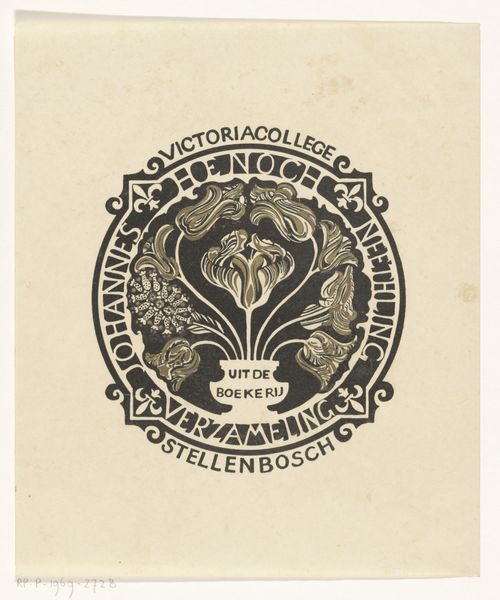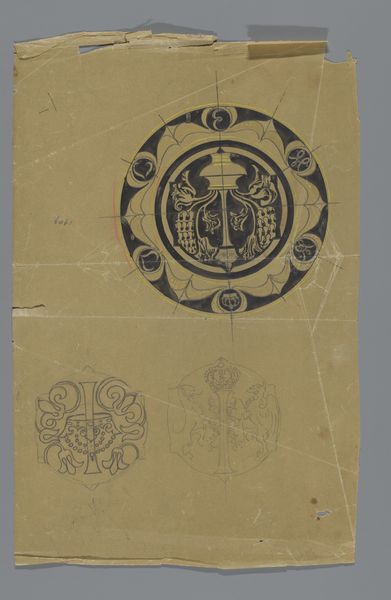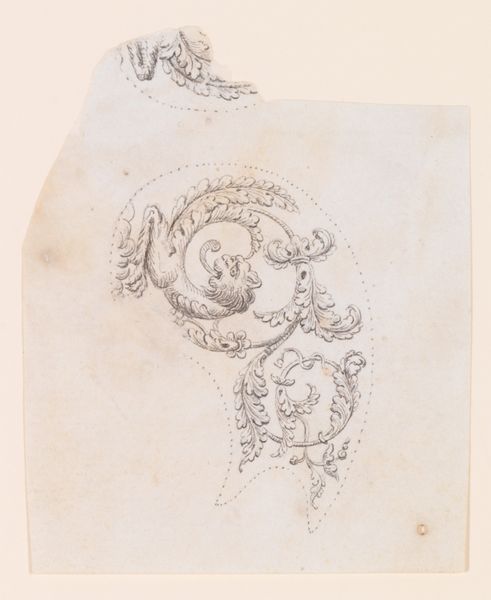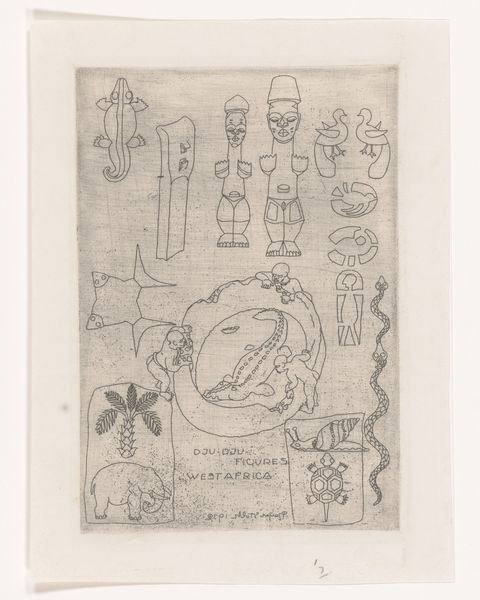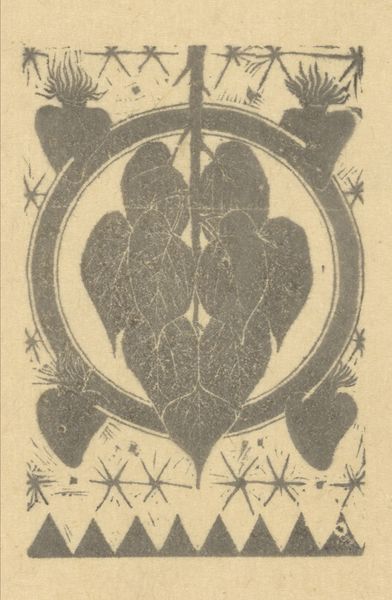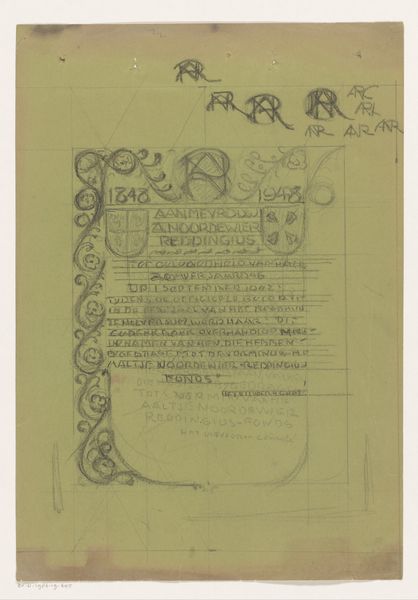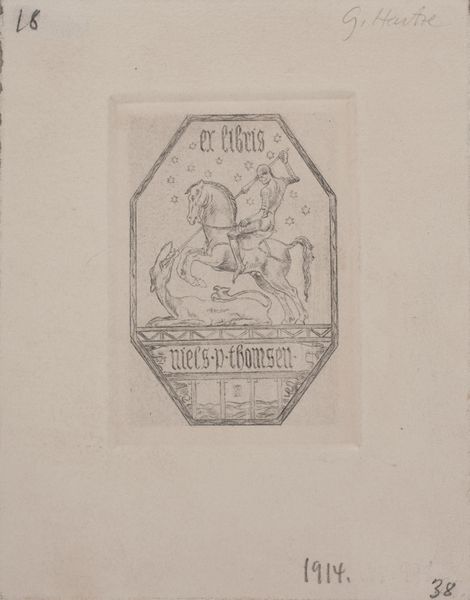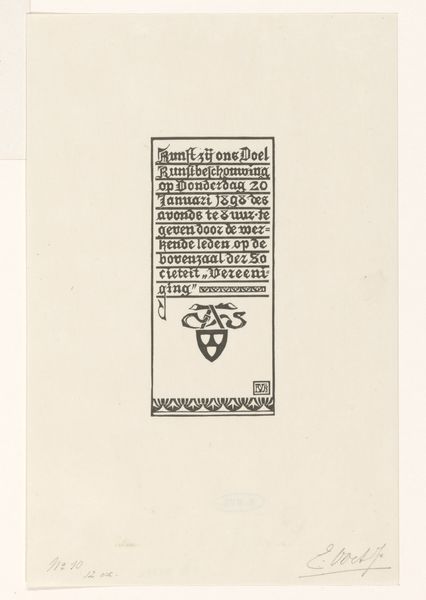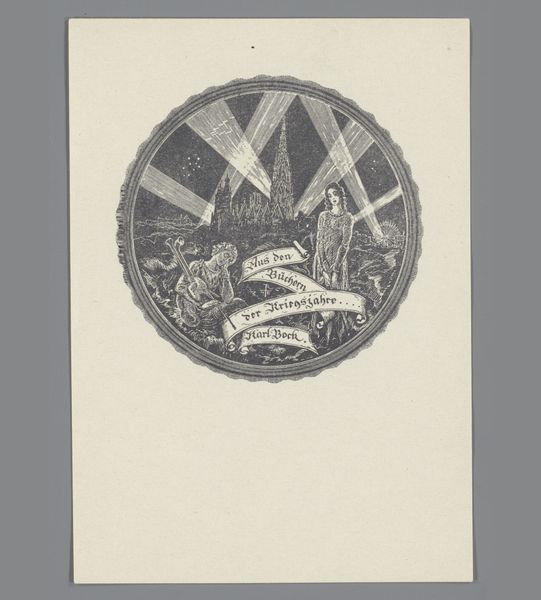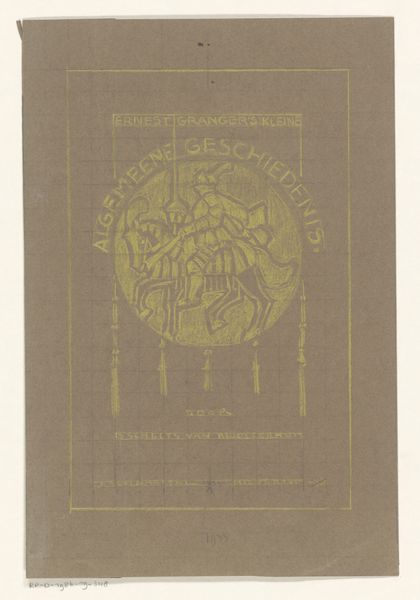
drawing, print, paper, ink, engraving
#
drawing
# print
#
classical-realism
#
paper
#
ink
#
ancient-mediterranean
#
pen-ink sketch
#
sketchbook drawing
#
watercolour illustration
#
coin
#
engraving
Dimensions: height 484 mm, width 334 mm
Copyright: Rijks Museum: Open Domain
This print, made by Leendert Springer in the 19th century, offers a fascinating glimpse into the visual culture surrounding ancient coins. The artist uses etching and possibly engraving—processes that involve meticulous work with metal plates and acid—to reproduce designs from antiquity. Look closely and you'll see owls, busts, and inscriptions. Note how Springer captures the worn textures and subtle irregularities of the coins, suggesting both their age and the many hands they’ve passed through. The linear precision speaks to the engraver's craft, where control and exactitude are paramount. These prints provided a way to disseminate knowledge about ancient artifacts. They were often made available to scholars and collectors before photography became commonplace. In a sense, this print is itself a kind of currency, trading in the visual language of the past. It reminds us that the value we place on objects is always filtered through layers of interpretation and reproduction.
Comments
No comments
Be the first to comment and join the conversation on the ultimate creative platform.

